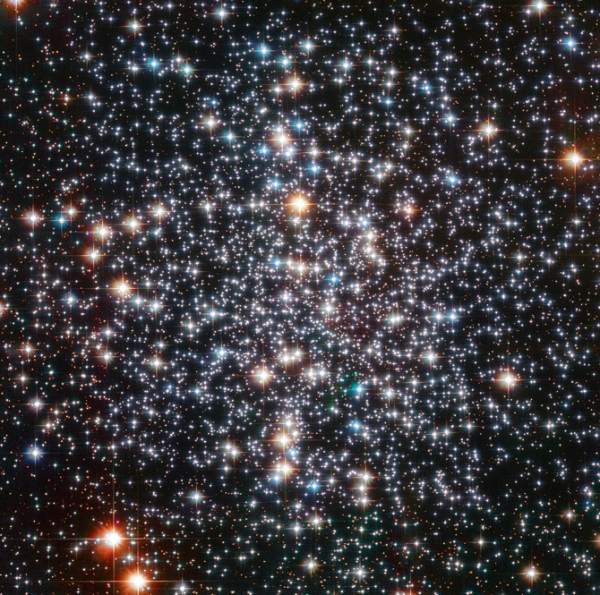NASA’s Hubble Space Telescope recently snapped a stunning image of the center of globular cluster M 4.
According to NASA, the image rendered by Hubble resolved the cluster into a multitude of glowing orbs – each described as a colossal nuclear furnace.

Interestingly, M 4 is located relatively close to Earth, lying just 7200 light-years distant. The cluster contains several tens of thousands stars and is noteworthy in being home to many white dwarfs – the cores of ancient, dying stars whose outer layers have drifted away into deep space.
In July 2003, Hubble helped astronomers discover a planet known as PSR B1620-26 b – 2.5 times the mass of Jupiter – which is located in the M 4 cluster.
PSR B1620-26 b is estimated to be around 13 billion years in age – almost three times as old as the Solar System. The planet is also unusual in that it orbits a binary system of a white dwarf and a pulsar (a type of neutron star).
NASA recommends that amateur stargazers attempting to track M 4 use binoculars or a small telescope to scan the skies near the orange-red star Antares in Scorpius. Although M 4 is bright for a globular cluster, it won’t look anything like Hubble’s detailed image, but rather, will appear as a fuzzy ball of light in an eyepiece.






